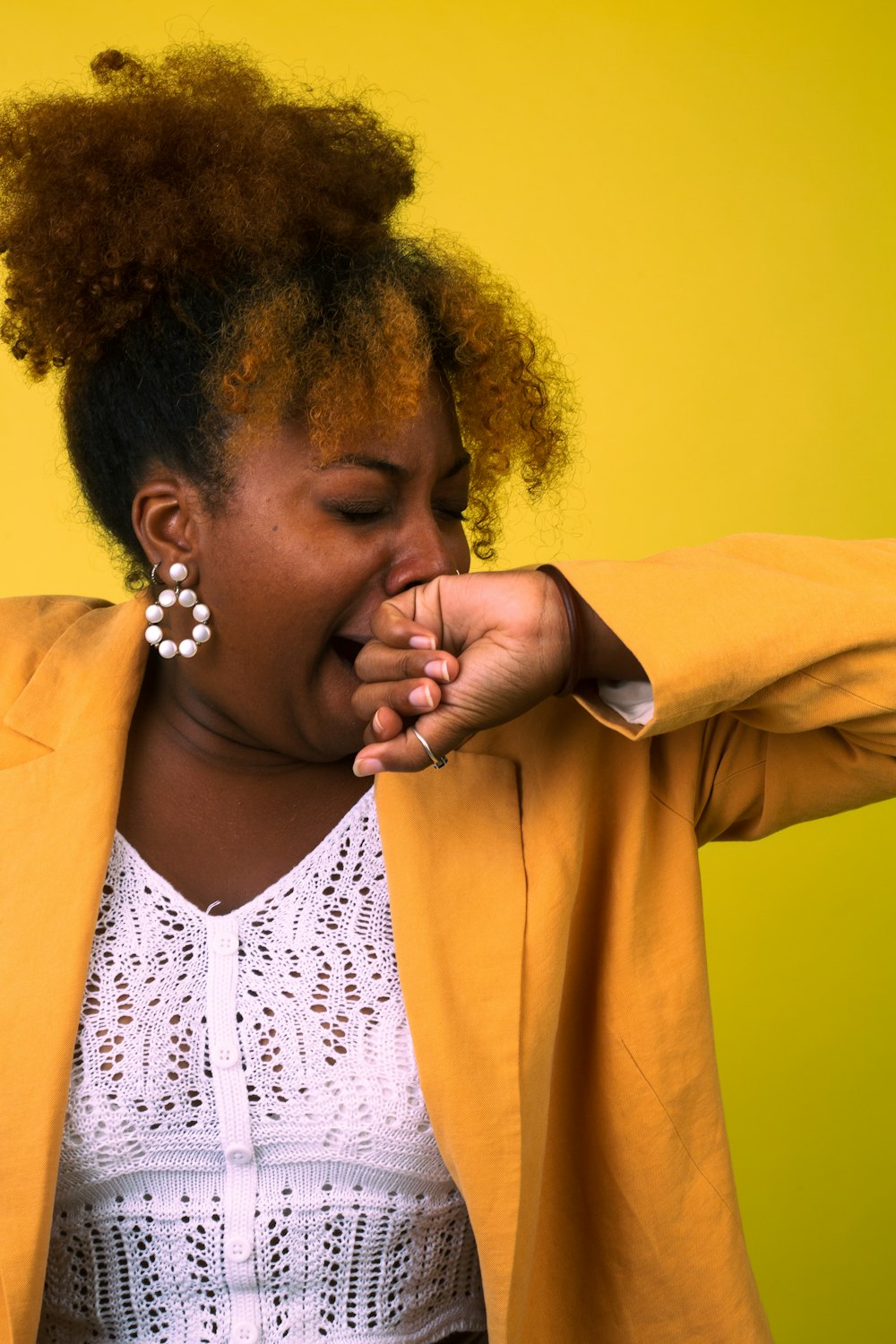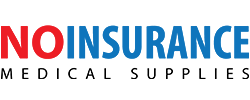It’s estimated that roughly 20% of adults in the United States struggle with obstructive sleep apnea — yet at the same time, the vast majority haven’t been diagnosed. Many are unaware of sleep apnea and how it can disrupt their sleep. They may not understand how serious its long-term effects can be, or they simply may not have anyone to help them recognize their symptoms.
Regardless, the severity of obstructive sleep apnea (and its surprisingly common occurrence) means that many people should be paying closer attention to their sleep habits. By properly diagnosing sleep apnea and receiving help with a CPAP machine, you can get this condition under control, reclaim your sleep, and enjoy better health outcomes.
What Sleep Apnea Does, and Why Relatively Few Notice It

Sleep apnea is a condition that causes the throat to become constricted or even blocked during sleep. This usually occurs as the throat muscles relax, allowing fatty tissue to collapse around the airway, though other factors like a large tongue can also block airflow. When the flow of air is cut off entirely, the sleeper will wake up, re-engage their throat muscles and start breathing again before falling back asleep. When the airway is only partially constricted, the person will snore.
These interruptions can occur as frequently as 30 times per hour in individuals with severe sleep apnea, but they often go unnoticed. The process of waking up and falling back asleep generally occurs quickly, so the sleeper doesn’t even realize they woke up.
Despite this, sleep apnea can still have a significant impact on sleep quality and overall health. The fatigue and exhaustion a person feels after a night disrupted by sleep apnea may be written off as being caused by other factors, especially if the person does not share a room with someone else who could notice episodes of snoring or gasping for breath.
Long-Term Risks of Untreated Sleep Apnea
Sleep apnea is a very serious sleep disorder. As Ross Pomeroy writes for Big Think, “people with severe sleep apnea, who wake up more than 30 times per hour, are three to four times more likely to die from any cause, shaving as much as a decade off their lives. People with the moderate form, who wake up between 15 and 30 times per hour, are 72% more likely to die. Heightened rates of heart attack and stroke primarily drive up mortality risk.”
Untreated sleep apnea greatly increases the risk for high blood pressure, heart attack, stroke, type 2 diabetes, metabolic syndrome, fatty liver disease, and even anxiety and depression. The extreme fatigue so often experienced by individuals with sleep apnea also increases their risk for accidents while driving or at work.
Identifying Risk Factors and Warning Signs

Essentially, the biggest reason why sleep apnea is under-diagnosed is because people are asleep when breathing disruptions occur, and they don’t remember these events when they wake up. Despite this, there are ways you can identify whether sleep apnea is disrupting your sleep, even if you don’t have a spouse or roommate to let you know you were snoring or gasping for breath in your sleep.
First, it’s important to be aware of some common risk factors for obstructive sleep apnea. The risk for obstructive sleep apnea increases with age, and men are more likely to develop the condition than women. Individuals who are overweight or obese are at a much greater risk of developing sleep apnea. Similarly, people with a shorter lower jaw or larger tongue are also more likely to develop obstructive sleep apnea.
Cigarette smoking and alcohol use, certain hormone conditions, frequent nasal congestion, and a family history of sleep apnea can also increase your risk. In addition, sleeping on your back can worsen the severity of sleep apnea.
But what about symptoms? If you share your room with someone else, they may report incidences of snoring, gasping for air, or temporarily stopping breathing. But even if you don’t share a room, there are still warning signs you can watch out for.
For example, if you frequently wake up feeling exhausted, even after getting what would normally be considered a full 7 to 9 hours of sleep, sleep apnea could be to blame. Common symptoms include waking up with a dry mouth, sore throat, or a headache that goes away after a few hours.
People with obstructive sleep apnea tend to feel sleepy during the day, have trouble concentrating, and are more prone to irritability and mood swings.
If you experience these symptoms (and especially if you have some of the known risk factors for sleep apnea), consult with a doctor. They will go over your medical history and symptoms, and help you determine if a sleep study is needed to make a sleep apnea diagnosis. Don’t put this off — the sooner you seek medical help, the sooner you can start sleeping well again!
Get Quality CPAP Care
After receiving a sleep apnea diagnosis, medical professionals will typically prescribe a CPAP machine. By providing a continuous flow of pressurized air during the night, a CPAP machine will keep your airways open and prevent breathing-related sleep interruptions.
However, CPAP equipment can be rather expensive, especially if you don’t have health insurance. This is where No Insurance Medical Supplies can help. With our best price guarantee, you can save hundreds of dollars on CPAP machines from leading brands. Free shipping and financing are also available on qualifying purchases.
With a quality CPAP machine, you can get the treatment you need to sleep better and enjoy better long-term health.

